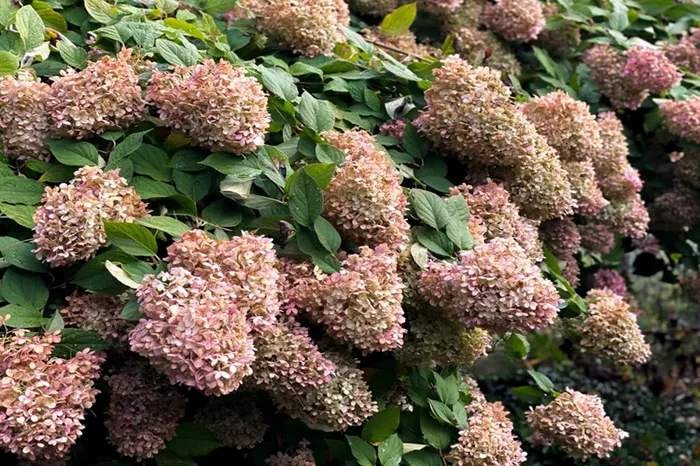As fall sets in and winter approaches, many gardeners feel the urge to tidy up their landscapes by trimming and pruning. However, not all plants benefit from being cut back in the fall. Here’s expert advice on which plants to avoid pruning during this season to ensure they thrive come spring.
Roses: Wait Until Spring
Many roses continue to bloom in the fall, adding color to your garden. Horticulturist Christine Froehlich advises against pruning roses now. “Pruning in the fall can expose the plant’s tissues to harsh winter conditions, leading to increased dieback,” she explains. Instead, wait until spring when temperatures are consistently above freezing to trim your roses.
Azaleas: Preserve the Buds
Azaleas, part of the Rhododendron family, should not be pruned in fall. Froehlich warns that cutting them back now can remove next year’s buds and potentially cause damage as new growth won’t have time to harden off before cold weather sets in. For healthy azaleas, trim them just after they bloom in spring.
Sunflowers: Leave Them for Winter Birds
Sunflowers, or Helianthus annuus, often wilt with the first frost. While it might seem logical to cut them back, leaving the spent flowers can benefit local wildlife. Birds, such as chickadees, will feast on the seeds, and the faded stalks can add winter interest to your garden.
Red Hot Pokers: Protect in Winter
Red hot pokers (Kniphofia) are striking but not very hardy. If you grow these plants, it’s best to wait until spring to cut back the stalks and foliage. This helps protect the plant’s crown from winter cold.
Lilacs: Prune After Blooming
Lilacs (Syringa vulgaris) are known for their fragrant spring flowers. However, pruning them in fall can remove buds that are already set for the next year. To maintain blooms, trim lilacs after their spring flowering, allowing them to reset during the summer.
Oak Trees: Avoid Fall Pruning
Autumn is not the best time to prune oak trees (Quercus). Laura Irish-Hanson from the University of Minnesota Extension advises avoiding any pruning to prevent the spread of oak wilt, a serious fungal disease. Instead, mark any dead branches for later pruning when the trees are dormant in late winter.
Rhododendrons: Prune Post-Bloom
Similar to azaleas, rhododendrons should not be pruned in the fall. They form their flower buds for the next year after spring blooming. Pruning at the wrong time can result in fewer flowers. If necessary, remove damaged stems in the fall but avoid major pruning until after they bloom in spring.
Caryopteris: Wait for Spring
Caryopteris, known for its delicate flowers, develops woody stems as it matures. Froehlich advises against fall pruning as it can affect next year’s flowers. Since these plants are susceptible to winter dieback, it’s better to wait until spring to prune them.
Oak Leaf Hydrangeas: Timing is Crucial
Oak leaf hydrangeas (Hydrangea quercifolia) bloom on old wood. Lorraine Ballato, a hydrangea expert, warns that fall pruning can reduce or eliminate flowers for the following year. To avoid this, refrain from cutting back these hydrangeas until after they bloom.
Russian Sage: Leave Until Spring
Russian sage (Salvia yangii) benefits from the protection its old growth offers during winter. Froehlich recommends not cutting it back in the fall to prevent damage and ensure healthy growth in the spring.
Peonies: Trim with Care
Peonies (Paeonia) can be pruned late in the fall after the first frosts have set in. Cutting them back too early can deprive the plants of necessary energy. Be cautious not to trim too much, as this can harm the plant.
Coneflowers: Leave Some for Nature
Coneflowers (Echinacea purpurea) can be cut back in the fall, but leaving the seed heads can benefit birds and insects. Froehlich suggests leaving many perennials as they are to support wildlife through the winter.
By following these guidelines, you can ensure your garden remains vibrant and healthy for the next growing season.
Related topics:
- When Is the Right Time to Move Plants Inside?
- Fall Planting Offers Months of Spring Color
- Dahlias Shine Bright as Gardens Fade


